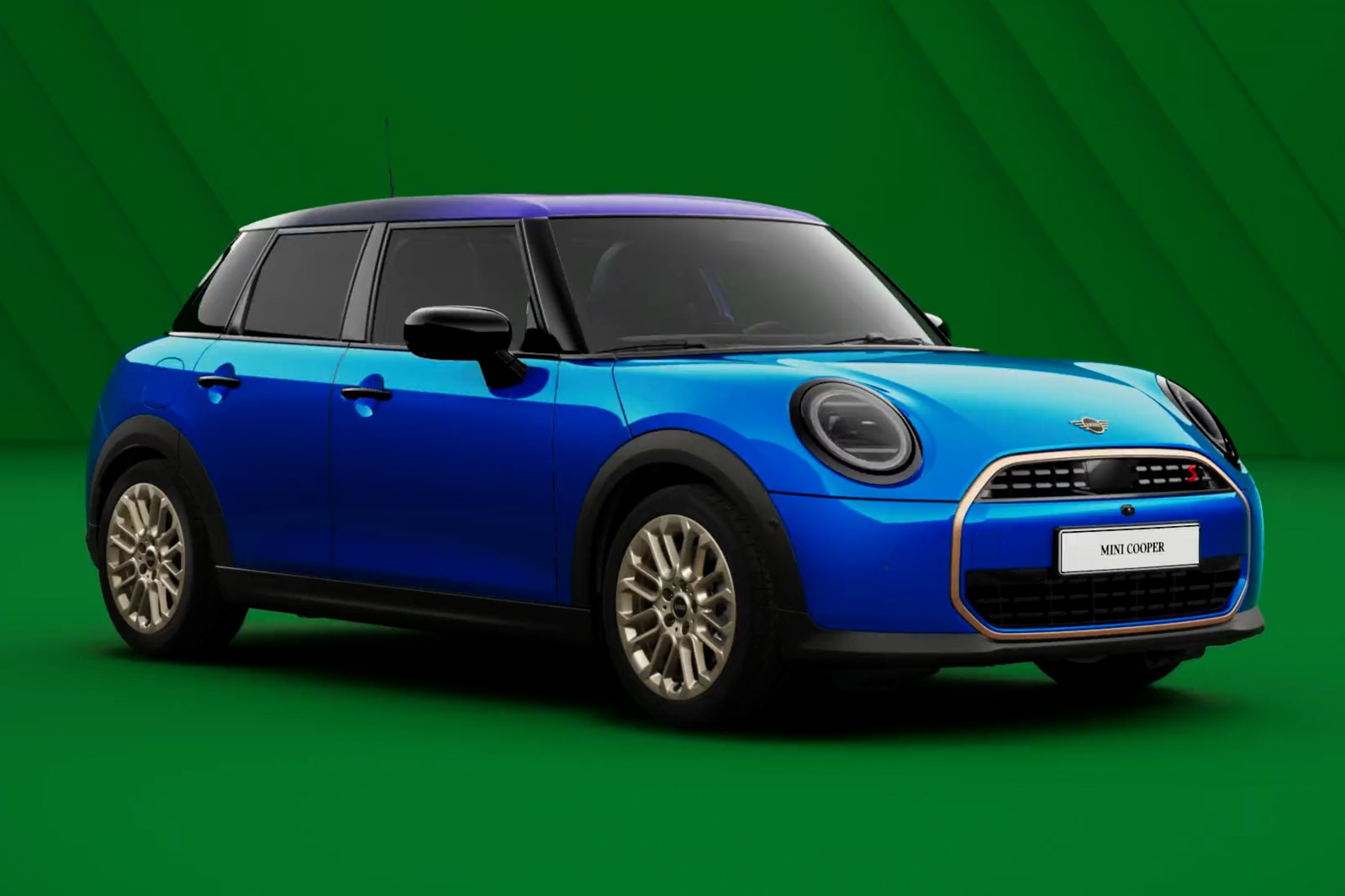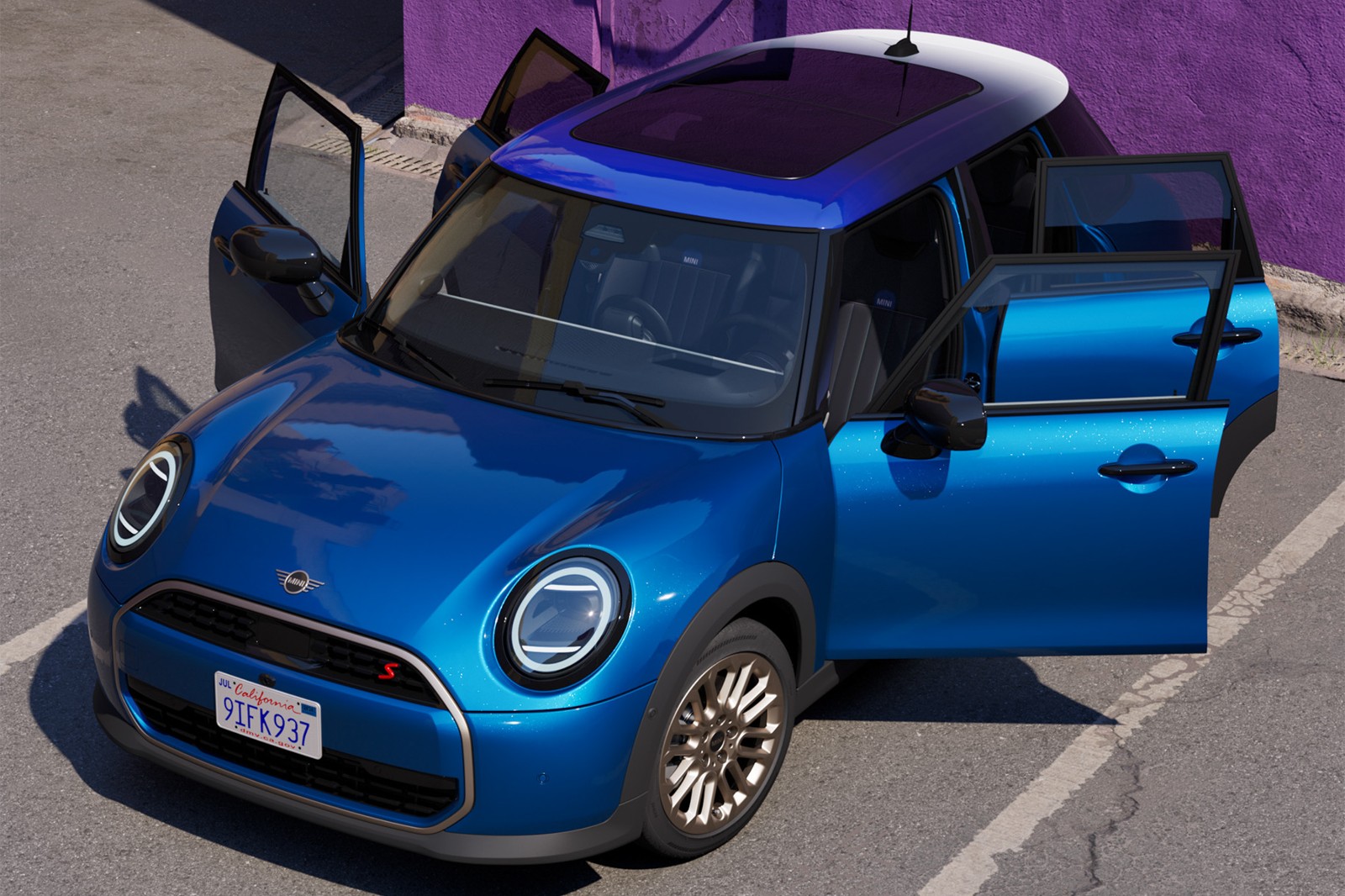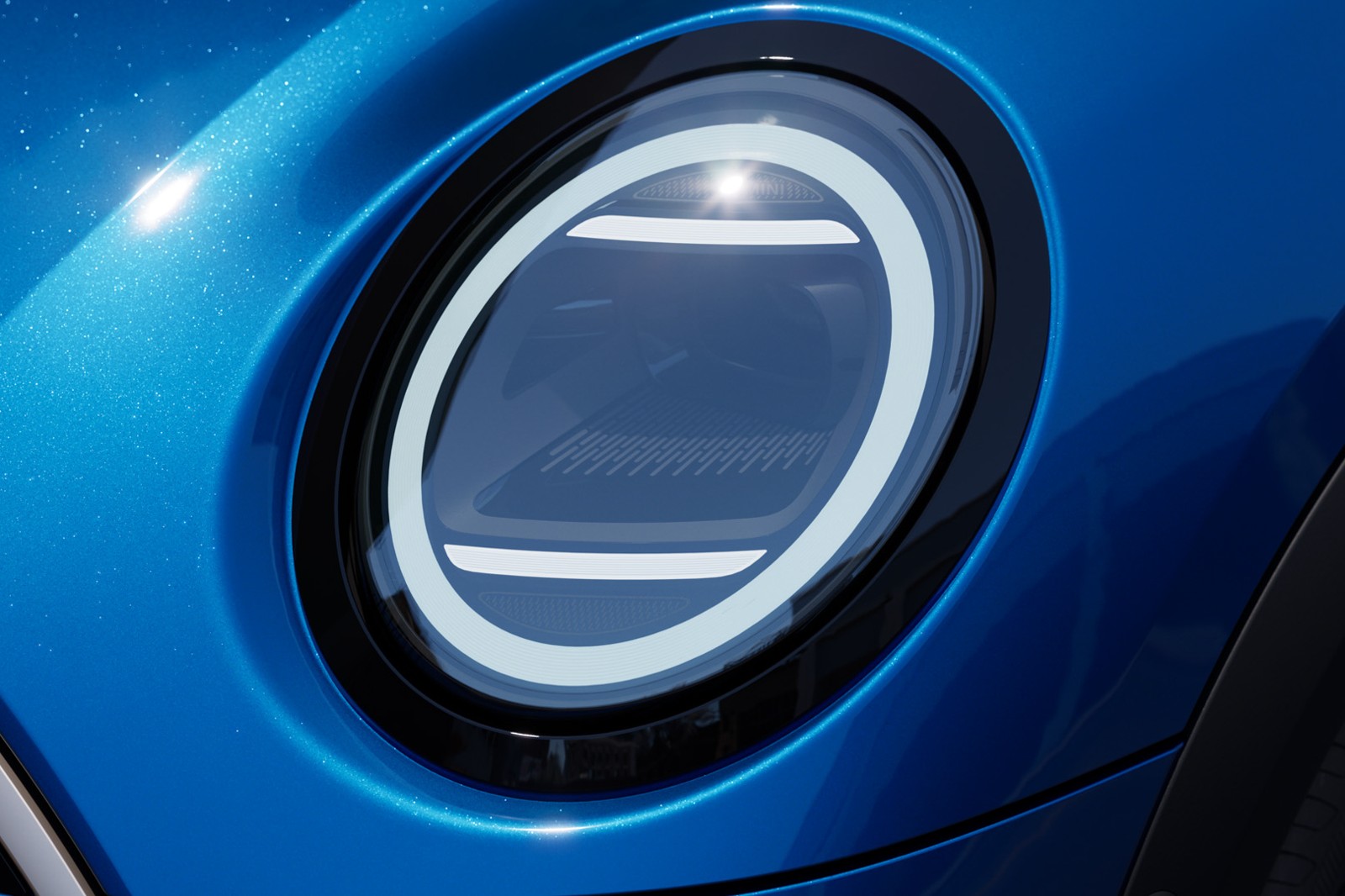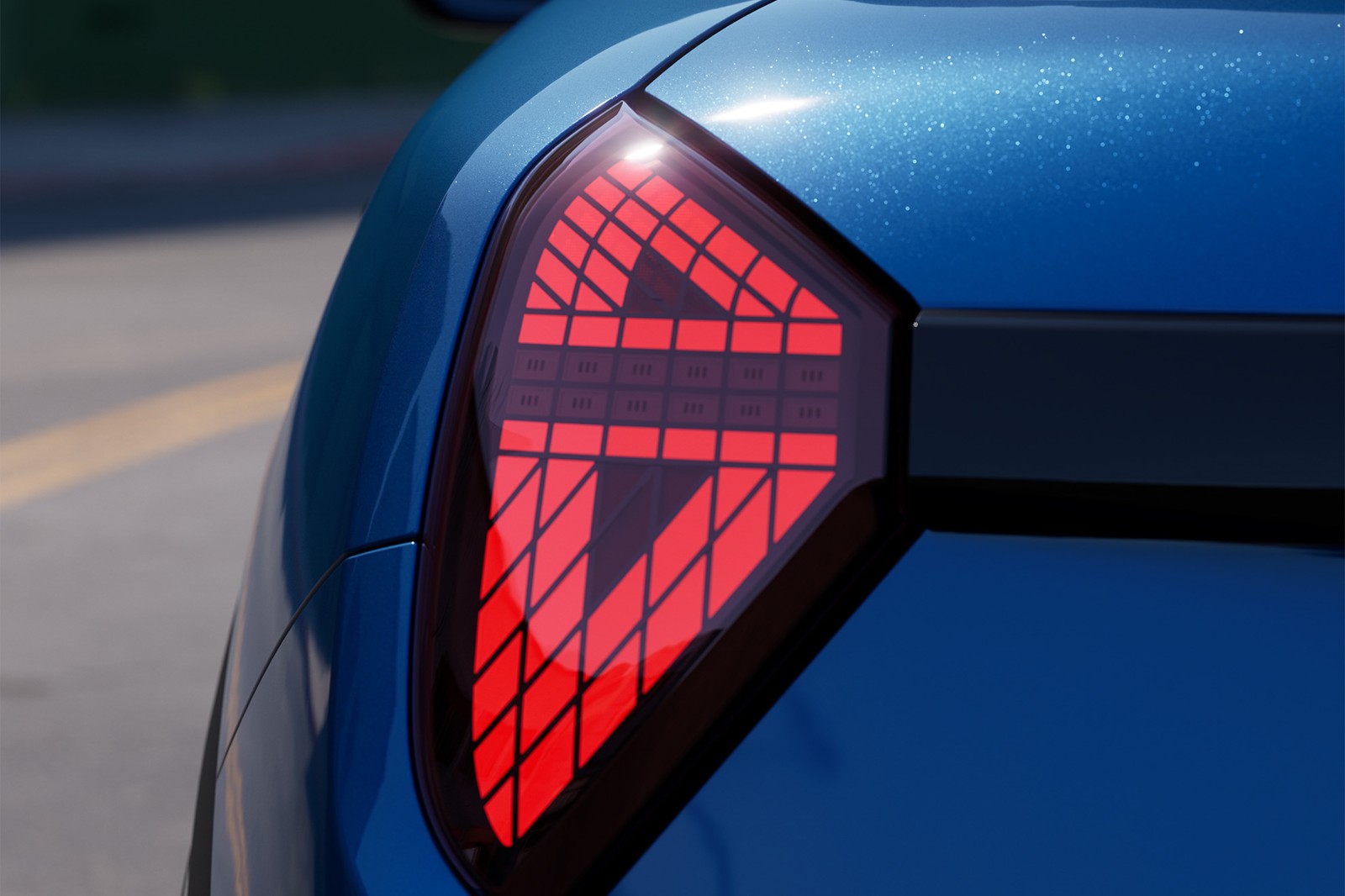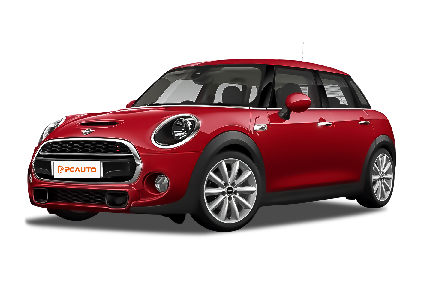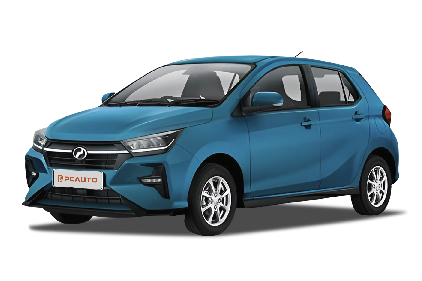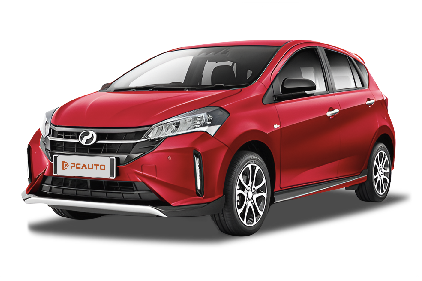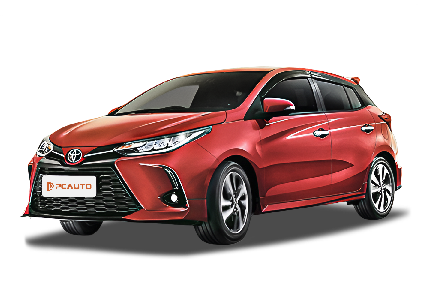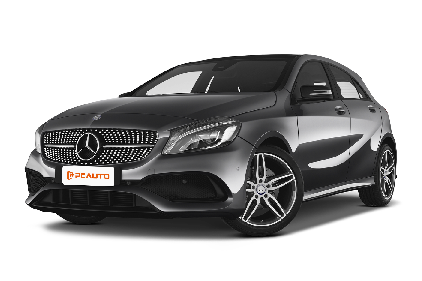Q
What engine is in a 2023 Hilux?
The 2023 Toyota Hilux offers two diesel engine options in the Malaysian market: 2.4-liter and 2.8-liter turbocharged diesel engines. Both belong to Toyota's latest GD series, boasting excellent fuel efficiency and durability. The 2.4-liter unit churns out 150 horsepower and a peak torque of 400 Nm, while the 2.8-liter engine delivers a more robust 204 horsepower and 500 Nm of torque – perfect for users needing higher payload and towing capacity. Both engines are mated to either a 6-speed automatic or manual transmission, and come with Toyota's intelligent variable turbocharging technology, ensuring linear and ample power delivery across different rpm ranges.
As one of Malaysia's most popular pickups, the Hilux's engine design takes full account of the local diverse road conditions and hot, humid climate, while also meeting strict emission standards. It's worth noting that Toyota backs the Hilux with a generous 5-year or 150,000-kilometer warranty, further boosting consumer confidence. For users who frequently take long drives or carry heavy loads, the Hilux's reliability and low maintenance costs are standout advantages. Additionally, the vehicle comes loaded with safety features, such as Toyota Safety Sense (TSS), which includes pre-collision system and lane departure alert, ensuring driving safety.
Q
What Colors Does Toyota Veloz Have? Which One Do You Like?
Currently, the Toyota Veloz available in the Malaysian market offers a variety of color options, including Blue Metallic with Black Roof, Silver Metallic with Black Roof, Metallic Bluish Black, Red Metallic, and White.
Q
Is the 2025 M5 electric or gas?
The 2025 BMW M5 will feature a plug-in hybrid system, combining a 4.4-liter V8 twin-turbo engine with an electric motor, delivering a combined output expected to exceed 700 horsepower. It retains the driving excitement of traditional high-performance gasoline cars while incorporating the environmental benefits of new energy technology. This powertrain configuration is becoming an increasing trend in the high-performance car segment, with models like the Porsche Panamera Turbo S E-Hybrid also adopting hybrid setups. For car owners who value performance but also want to try new energy, it's a solid choice. Currently, many brands are applying hybrid technology to their high-performance models, which not only boosts power performance but also reduces emissions. These models typically support short-distance all-electric commuting, making daily use more economical, while retaining the convenience of gasoline-powered long-distance driving. The future high-performance car market will likely see more innovations in similar powertrains.
Q
What engine is in the BMW X6 M 2023?
The 2023 BMW X6 M is powered by the S63 4.4-liter V8 twin-turbo engine. This high-performance powerplant features M TwinPower Turbo technology, churning out 617 horsepower and 750 Nm of peak torque. Paired with an 8-speed M Steptronic automatic transmission and M xDrive all-wheel-drive system, it sprints from 0-100km/h in just 3.9 seconds. The engine employs a cross-exhaust manifold design, Valvetronic variable valve lift, and Double-VANOS dual variable valve timing, balancing high-rev punch with low-end responsiveness. It's worth noting that the platform-mate X5 M shares this same powertrain, while the standard X6 M50i gets the slightly detuned N63 4.4T V8. These high-performance SUVs typically require beefed-up cooling systems, with radiator setups including the main water tank, intercooler, and transmission oil cooler. It's advisable to let the engine idle briefly after spirited driving to cool down properly. These large-displacement turbo engines are sensitive to fuel quality—using 98-octane gasoline helps maximize performance, and regular replacement with high-performance engine oil is crucial for maintaining engine longevity.
Q
What is the load capacity of the JAC T9?
As a pickup truck model focusing on practicality, the load capacity of the JAC T9 is a major concern for many Malaysian users. According to official data, the rated load capacity of the JAC T9 is approximately 1.2 to 1.5 tons. The specific figures may vary slightly depending on different configurations and versions. This load - carrying level is sufficient to meet most commercial and daily transportation needs, such as transporting building materials, agricultural products, or small - sized goods.
For Malaysian users, when choosing a pickup truck, in addition to paying attention to the load capacity, they also need to consider the vehicle's power performance and fuel economy. The 2.0 - liter diesel engine equipped in the JAC T9 can provide good torque output, which is suitable for driving on the hilly and rural roads in Malaysia.
Moreover, the size and material of the pickup's cargo box are also key factors affecting its practicality. It is recommended to measure the size of the goods on - site before purchasing the vehicle to ensure a proper fit.
It's worth noting that Malaysia has strict regulations on the load of commercial vehicles. Overloading is not only illegal but also affects driving safety. Therefore, it is essential to abide by local traffic regulations and plan the loading weight reasonably.
Q
Is 3008 worth buying?
The Peugeot 3008 has carved out a solid niche for itself in Malaysia's SUV market, and it's not hard to see why. This crossover blends sharp, contemporary styling with a nicely put-together interior that feels a cut above. Under the hood, the 1.6-liter turbocharged engine delivers more than enough pep for both zipping around town and eating up highway miles, and it's surprisingly frugal on fuel too – a big plus for drivers who want both practicality and a bit of driving fun.
Where the 3008 really shines, though, is in its on-road manners. The handling is sharp for the class, yet the suspension is tuned more towards comfort, which makes it a great fit for Malaysia's sometimes unpredictable road surfaces. Tech-wise, it's got the goods to keep things interesting and convenient, like the fully digital instrument cluster and the suite of driver assistance features that take some of the stress out of daily commutes.
If you're in the market for an SUV that doesn't just look good but also works hard for you, the 3008 should definitely be on your shortlist. And while we're on the subject of SUV shopping, here's a quick tip: beyond just checking out the exterior and how it accelerates, pay close attention to the active safety kit. Features like automatic emergency braking and lane-keeping assist can be real lifesavers in Malaysia's busy traffic. Oh, and don't skimp on regular servicing, and always buy from an authorized dealer – that way, you'll keep your ride running reliably for years to come.
Q
What is the engine of Fortuner 2021?
The 2021 Toyota Fortuner offers two efficient and reliable engine options in the Malaysian market. The petrol variant is powered by a 2.7-liter inline-four Dual VVT-i engine, delivering 166 horsepower and 245 Nm of peak torque, paired with a 6-speed automatic transmission. It's ideal for daily city driving with balanced fuel economy. On the other hand, the diesel version comes with a more powerful 2.8-liter turbocharged diesel engine, churning out 204 horsepower and a robust 500 Nm of torque (with the 6-speed automatic) or 420 Nm (with the 6-speed manual). Its low-rev, high-torque nature makes it especially suited for long road trips or hauling needs. Both engines cater to the diverse driving scenarios of Malaysian users, while Toyota's renowned durability and after-sales service network add extra peace of mind for owners. Notably, the diesel engine also features Toyota's advanced clean diesel technology, enhancing performance while keeping an eye on environmental friendliness. These turbocharged diesel units are quite popular in Southeast Asian markets, particularly for users who frequently tackle hills or drive with a full load.
Q
What is the safety rating of the Toyota Raize?
The safety rating of the Toyota Raize performs well in the Southeast Asian market. Its base - model vehicle received a 4 - star rating (out of 5) in the ASEAN NCAP test, mainly thanks to the standard basic safety features such as dual airbags, ABS anti - lock braking system, and vehicle stability control system. If the high - end version adds side airbags and other configurations, it is expected to be upgraded to a 5 - star rating.
For Malaysian consumers, the Raize's active safety features, such as the Pre - Collision System (PCS) and Lane Departure Warning (LDW), are at the mainstream level in the B - SUV segment. However, it should be noted that the test results are based on the ASEAN NCAP standard, which differs from the test items of the European Euro NCAP or the Japanese JNCAP.
Malaysian car owners can consider the differences in safety - configuration versions according to their own needs when making a purchase. For example, users who often drive long - distance are recommended to choose models equipped with adaptive cruise control. At the same time, it is advisable to visit authorized dealers to experience the demonstration of the vehicle's safety functions to have a more comprehensive understanding of the vehicle's protection performance.
Q
What is the warranty on a 2022 Ford Ranger?
The 2022 Ford Ranger comes with a standard 3-year/100,000-km warranty (whichever comes first), covering manufacturing defects and material quality issues. The powertrain is backed by a 5-year/160,000-km warranty (whichever occurs first), including core components like the engine, transmission, and drivetrain. Additionally, Ford provides a 6-year unlimited-mileage corrosion perforation warranty.
Keep in mind that warranty terms may vary depending on trim levels or promotional offers, so it’s best to check with your dealer for the latest details before purchasing. For pickup trucks, these coverage periods are fairly typical—especially the extended powertrain warranty, which often outlasts those on passenger cars, reflecting the manufacturer’s confidence in durability.
If you frequently use the Ranger for heavy-duty work or off-roading, pay extra attention to the coverage for the drivetrain and underbody components. Also, remember that sticking to scheduled maintenance at authorized service centers is crucial to keeping your warranty valid. Using aftermarket parts or skipping recommended services could void your coverage.
